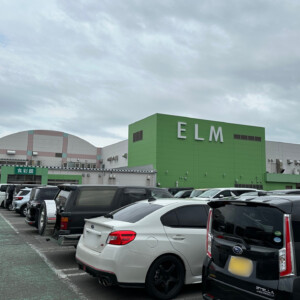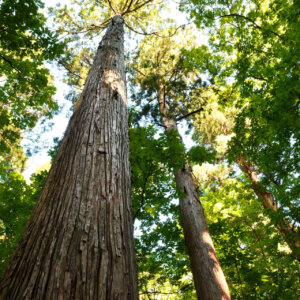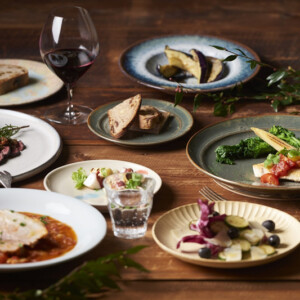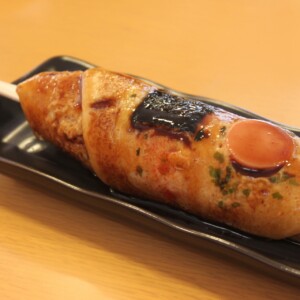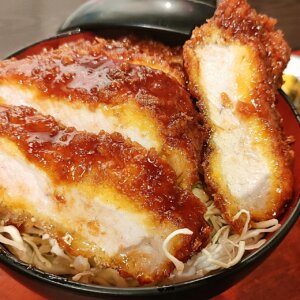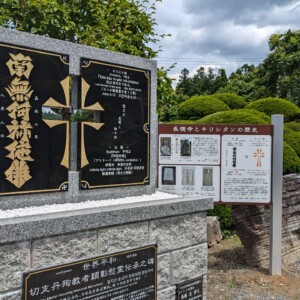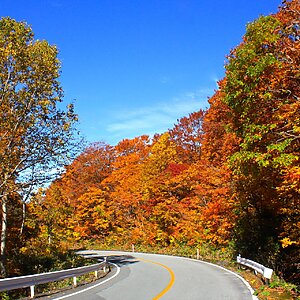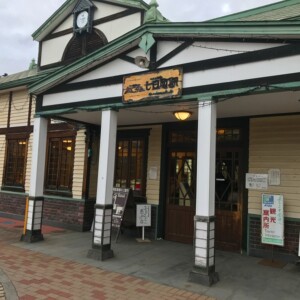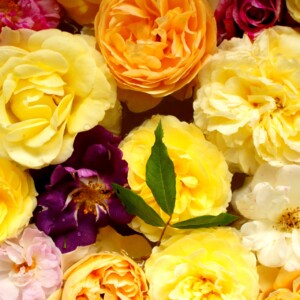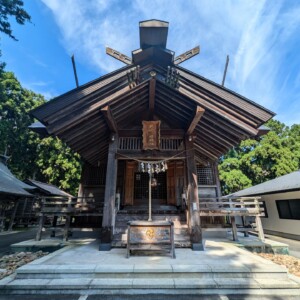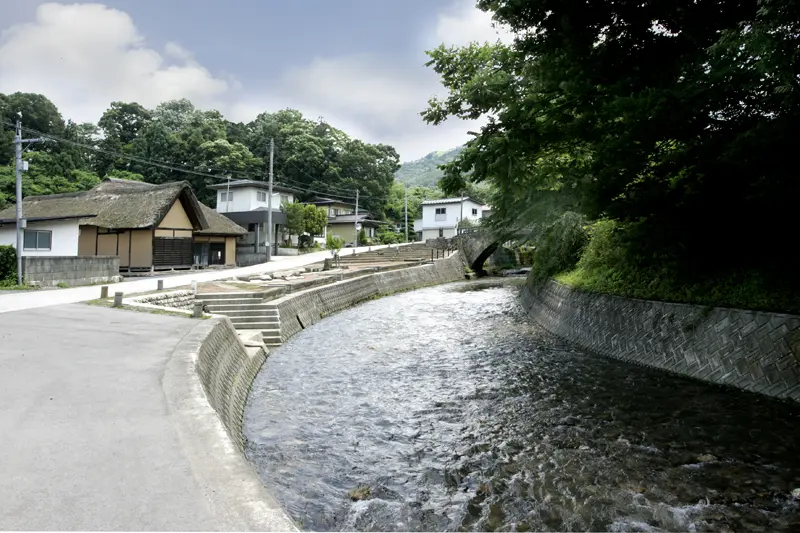
[Kamiyama City, Yamagata Prefecture] “Narageshuku” is a post town on the Ushu Kaido road that was used by 13 feudal lords during the Edo period.
table of contents
- 1 The last authentic post town before crossing the mountain pass, it is bustling with activity
- 2 The townscape retains traces of the past, with old thatched houses and stone bridges
- 2.1 Takizawaya (former Tanno family residence), which was a wakihonjin (side headquarters), now houses a historical museum
- 2.2 A restaurant has also been opened. The old thatched roof house "Daikokuya"
- 2.3 Yamadaya, rebuilt in the Meiji era
- 2.4 Shonaiya, the official lodging of the Shonai domain, still retains items bestowed by the lord
- 2.5 The Former Takeda Clan: A Valuable Building with an Exact Construction Date
- 2.6 The two arch bridges are Meganebashi and Nozokibashi
- 2.7 Kanayama Pass is now safe to walk through thanks to conservation efforts
- 2.8 Narakashuku <Information>
Narage -juku the Ushu Kaido . The Ushu Kaido was an important road that branched off from Koori-juku on the Oshu Kaido, one of the five Edo roads that connected Edo with Mutsu Province on the Pacific coast, and headed towards Dewa Province on the Sea of Japan coast. Narage-juku was a post town located on the border with Mutsu Province.
Oiwake, the junction of the Oshu Kaido and Ushu Kaido roads, located in present-day Koori Town, Date County, Fukushima Prefecture, was restored and recreated in 2006. Within the site, gazebos and guide signs are installed, centered around guideposts from the Edo period
The last authentic post town before crossing the mountain pass, it is bustling with activity
From Koori-juku, the Ushu Kaido passes through Mutsu Province (Fukushima Prefecture, Miyagi Prefecture) for a while, then crosses Kanayama Pass and enters Dewa Province. There was Kanayama-juku at Kanayama Pass, but it was a simple post town, and the main inn where daimyo could stay was located in Narashita-juku
Daimyo on their way to Edo for alternate attendance almost always stopped off at Narashitajuku. Thirteen feudal domains along the Sea of Japan coast, including the Tsugaru domain of Mutsu Province, were known to have used the facility
Narashita-juku had 23 inns, a main inn, a side inn, and a notice board (a place where notices from the shogunate and feudal lords were posted), and it is said to have been a very lively place
The townscape retains traces of the past, with old thatched houses and stone bridges
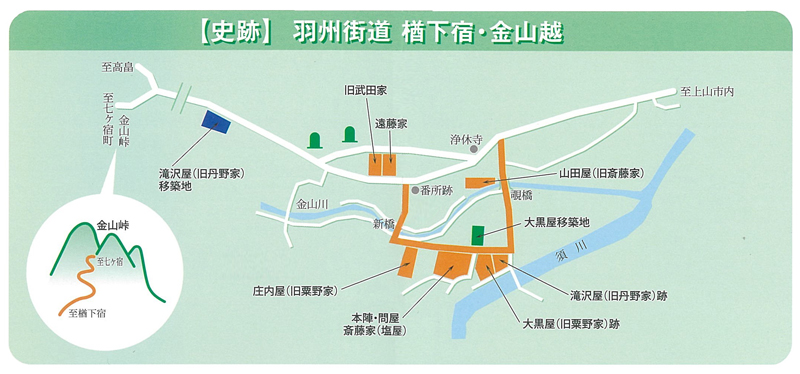
in Narashita today have been lost, including the Shioya Saito Residence the Takizawaya (Tanno Residence) inn, creating a townscape reminiscent of its time as a post town. Of these, Daikokuya, Yamadaya, Shonaiya, the former Takeda Residence, and Takizawaya have been restored and are open to tourists.
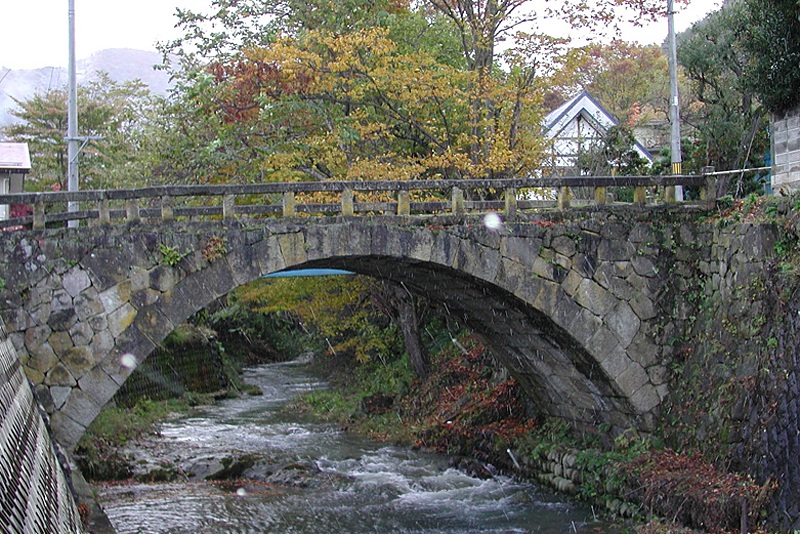
The two stone arch bridges, Shinbashi and Nozokibashi, were built in the early Meiji period and are still in use today. They are all designated as tangible cultural properties of Kaminoyama City and are carefully preserved
Furthermore, the old road that passes through Kanayama Pass still retains its old appearance with stone Buddha statues and other remains, and so it has been designated as a national historic site along with the remains of Narashita-juku as "Ushu Kaido Narashita-juku Kanayama Pass."
Takizawaya (former Tanno family residence), which was a wakihonjin (side headquarters), now houses a historical museum
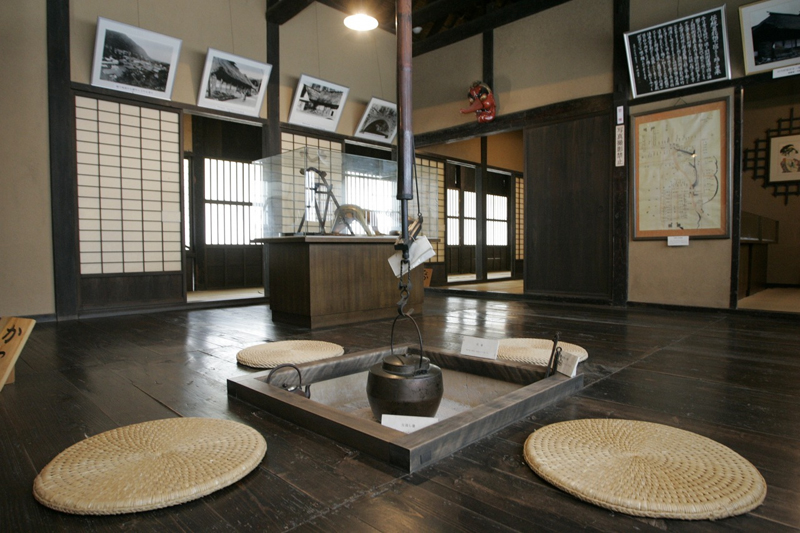
The Tanno family served as village headmen during the Edo period, and their family name was "Takizawaya." Originally, it was also a sake brewery, and the guest room was used as a wakihonjin (main inn) for daimyo and high-ranking samurai to stay and rest. The exact date of construction of the building is unclear, but it is estimated to be over 250 years old. It has now been moved to a location a short distance from the old post town, where it has been restored to its original appearance as a wakihonjin and is now a "historical museum" that displays historical materials about Naraage-juku
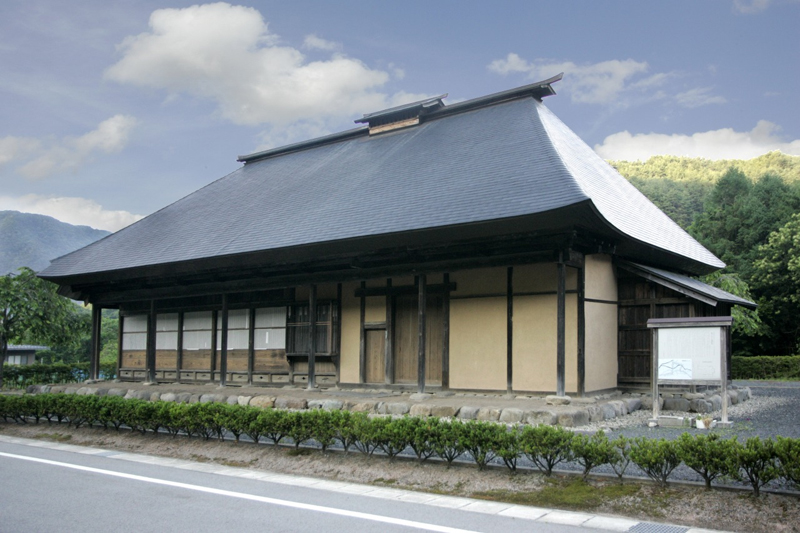
Takizawaya <Information>
- Facility name: Takizawaya
- Opening hours: 9:00-16:45
- Admission fee: Adults 210 yen, Students 160 yen, Children 50 yen
- Closed: Mondays, December 28th to January 3rd
A restaurant has also been opened. The old thatched roof house "Daikokuya"
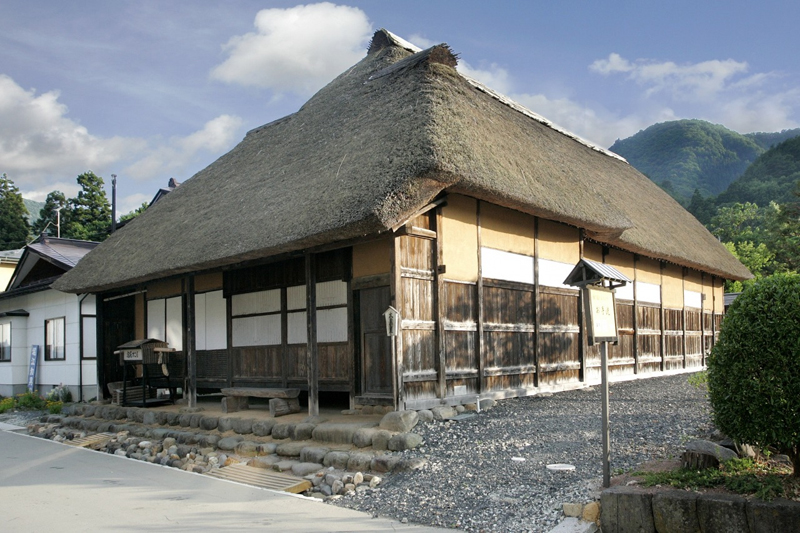
Daikokuya is a prestigious family home located in the center of the post town, next to the former wakihonjin Takizawaya to the south. Old documents remain that show that the building was constructed in 1808. With a thatched roof remaining, it was a large structure for its time, measuring 10.1m wide and 17.5m deep, and the shape of the partitions has been well preserved. The building was moved to the opposite side of the road. Tours are free
Traditional Narashita cuisine, Grandma's handmade "Omotenashi Gozen"
At Daikokuya, you can sit around the hearth and enjoy local cuisine made by the Naraagejuku Grandma's Club

The "Omotenashi Gozen" meal, made with seasonal ingredients such as wild vegetables, mushrooms, chestnuts, potatoes, and ginkgo nuts, is simple yet deeply flavorful, cultivated through tradition. In winter, you can also enjoy the specialty dish "Aburimochi Natto," which is skewered on bamboo and grilled over a hearth. To enjoy Grandma's cooking, reservations must be made with the Kaminoyama City Tourism and Products Association (023-672-0839) at least five days in advance for groups of five or more
Daikokuya <Information>
- Facility name: Daikokuya
- Opening period: All year round
- Closed: Wednesdays, early June to early July, New Year's holidays
- Price: "Hospitality Meal" 2,000 yen
- Application: 5 or more people, reservations must be made 5 days in advance
- Reservations: Kaminoyama City Tourism and Products Association
- Phone number: 023-672-0839
- URL: Grandma's Club Hospitality Meal
Yamadaya, rebuilt in the Meiji era
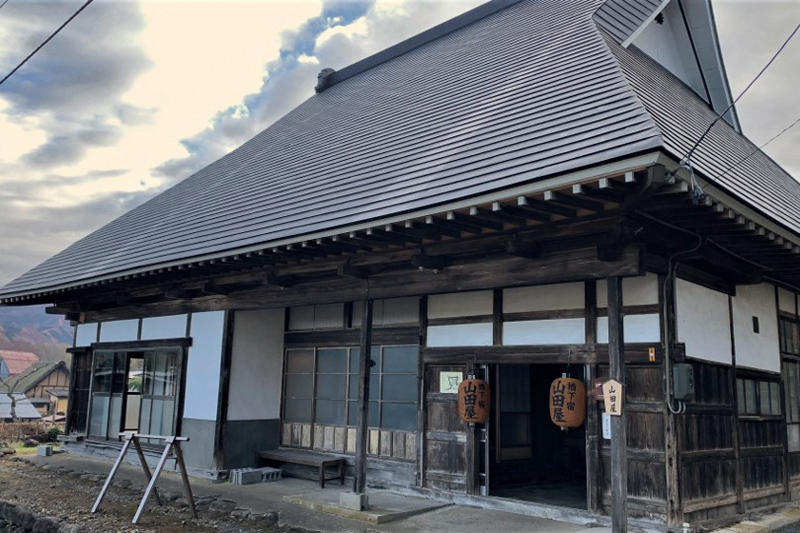
The Yamadaya building was rebuilt after a fire in 1868 (the first year of the Meiji era) and now has a tiled roof. Located at the foot of Nozokibashi Bridge, the view of the building combined with the old arch bridge is one of the places that exudes a nostalgic atmosphere that is representative of Naraage-juku. Admission is free
Shonaiya, the official lodging of the Shonai domain, still retains items bestowed by the lord

Shonaiya was a wakihonjin (side honjin) and was an official lodging for the Shonai domain. It is said to have been of semi-honjin rank, and there are still lodging plaques from when it was used by other domains. The building is a single-story structure with a thatched roof and has four guest rooms. The tobacco tray and gifts of the Shonai domain lord remain, making it one of the oldest private homes remaining in Narashita. The building is estimated to date back to the mid-1700s. Tours are free
The Former Takeda Clan: A Valuable Building with an Exact Construction Date
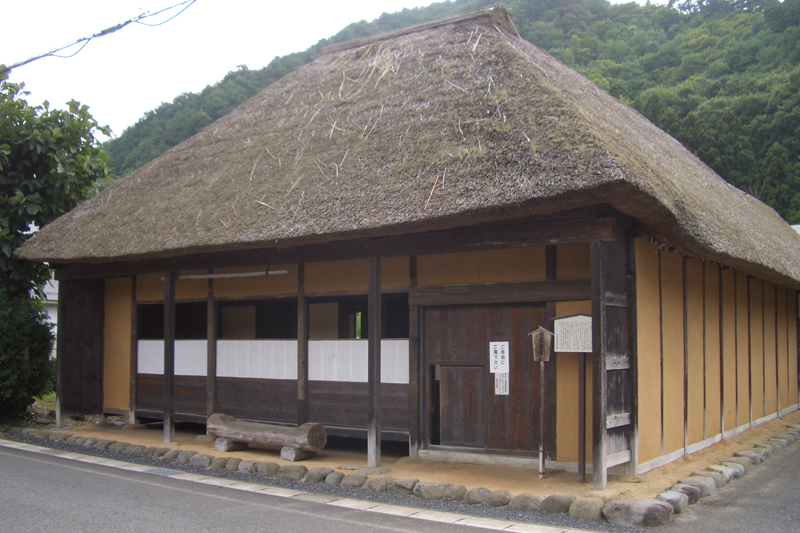
The former Takeda residence is a single-story building with a thatched roof, and is clearly marked as an inn on a house layout map from 1758. There is also ink writing on the kitchen pillar that states that it was renovated in 1758, making it a valuable building whose construction date can be determined accurately. Tours are free
The two arch bridges are Meganebashi and Nozokibashi

Shinbashi Bridge was completed in 1880 (Meiji 13), and is 14.7m long and 4.4m wide. To build this bridge, the prefecture's subsidy of 300 yen was not enough, so the local community had to cover the remaining 700 yen, and a bridge toll was collected from people, rickshaws, carts, etc. passing through. Toll bridges can be found everywhere nowadays, but at the time they were very rare. The bridge is still in use today, and cars (under 4 tons) can also pass over it
Nozokibashi Bridge was built in 1882 (Meiji 15), two years after the new bridge upstream was completed, and is 10.8m long and 3.5m wide. It is still in use today, with a weight limit of 4 tons
Shinbashi and Nozokibashi are called "Meganebashi" (spectacles bridges). Most of the bridges with the name "spectacles bridges" are bridges with two arches, such as those in Nagasaki. They are called "spectacles bridges" because their reflection in the river resembles spectacles, but Narashita's Shinbashi and Nozokibashi each only have one arch. Narashita's Meganebashi bridge is made up of two bridges that are joined together to resemble spectacles
Kanayama Pass is now safe to walk through thanks to conservation efforts

Kanayama Pass, located on the border between Yamagata and Fukushima prefectures, is not particularly high at 623m above sea level and is an easy pass to walk on. The old road, which was walked by feudal lord processions during the Edo period, still has remains such as the bato pagoda, Yudonosan monument, and curbstones, conveying the atmosphere of the past to the present day. Thanks to conservation efforts by local people, it has been kept in its original state and is now safe to walk on
Narakashuku <Information>
- Name: Narageshuku
- Location: Narashita, Kaminoyama City, Yamagata Prefecture
- Phone number: 023-672-1111 (Kaminoyama City Board of Education, Lifelong Learning Division)
- access:
- Train: Approximately 20 minutes from Kaminoyama Onsen Station on the JR Ou Main Line
- By car: Approximately 20 minutes from Yamagata Kaminoyama IC on the Tohoku Chuo Expressway
- Official URL: Yamagata Prefecture Official Tourism Site "Naraagejuku"




![[Kamiyama City, Yamagata Prefecture] Konnyaku Bansho? yeah? , there was a gate like a checkpoint in a former post town! ce94225bc03ab4dd1351906e7609533d](https://jp.neft.asia/wp-content/uploads/2023/03/ce94225bc03ab4dd1351906e7609533d-150x150.jpg)
![Scary and slightly sad stories... "Michinoku Otogi Kaido" with many stories left behind [Shichigasyu-cho, Shiraishi City, Miyagi Prefecture] Fairytale images](https://jp.neft.asia/wp-content/uploads/2023/04/be73b392233d2fe609797e999f8ca547-1-150x150.jpg)
![From Iwaya in Kurotsuka to Bunchisuriishi. Matsuo Basho visited the legendary rock [Fukushima Prefecture] 2016_07_MG_7167](https://jp.neft.asia/wp-content/uploads/2022/11/2016_07_MG_7167-150x150.jpg)
![[Fukushima Prefecture] Is Kuwaori Town, the northern town, the birthplace of the Date family? 1401-009](https://jp.neft.asia/wp-content/uploads/2022/12/1401-009-150x150.jpg)
![Kakunodate, which was founded by the Tozawa clan during the Sengoku period and built by the Ashina clan during the Edo period [Senboku City's highlights ②] Cherry blossoms on the banks of the Hinokinai River - Night cherry blossoms_Akita Fan](https://jp.neft.asia/wp-content/uploads/2025/07/98886c5b97b9b3f8d61f0ae473e583b1-150x150.jpg)


![[Misato Town, Akita Prefecture] ``Rokugo Yusui Group'' where 120 springs have enriched people's lives 24946543_m](https://jp.neft.asia/wp-content/uploads/2023/02/24946543_m-150x150.jpg)
